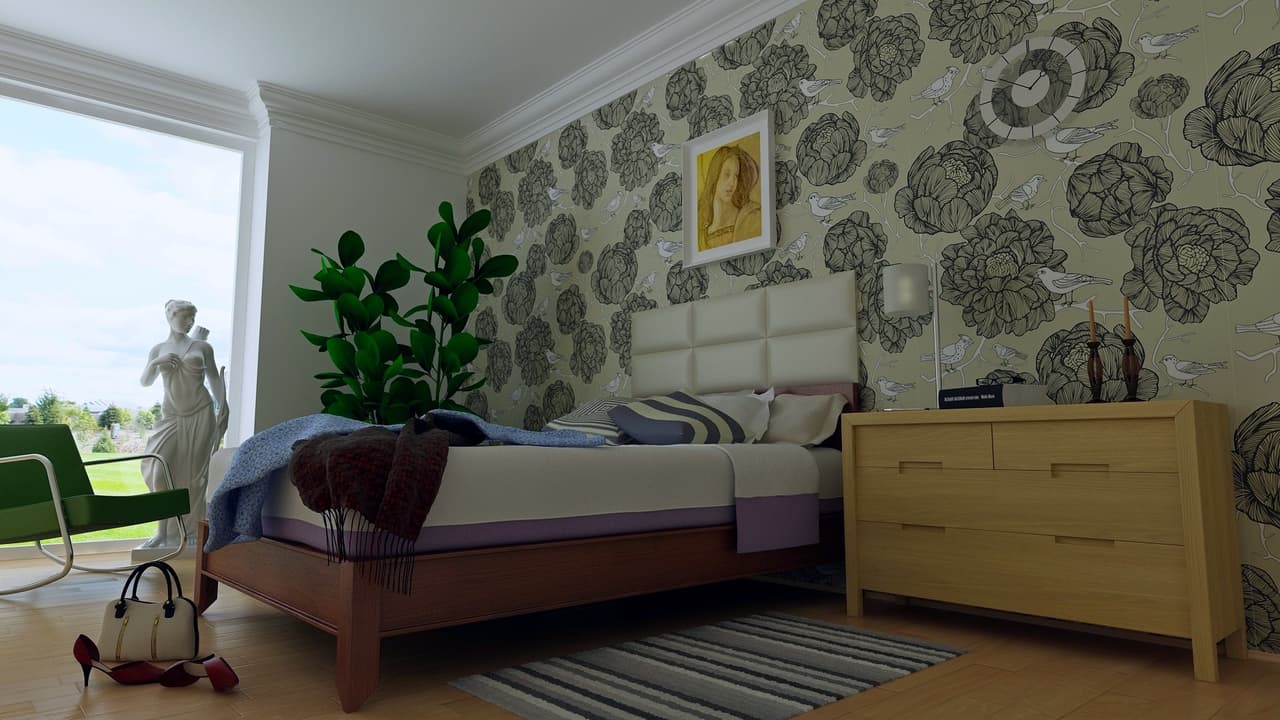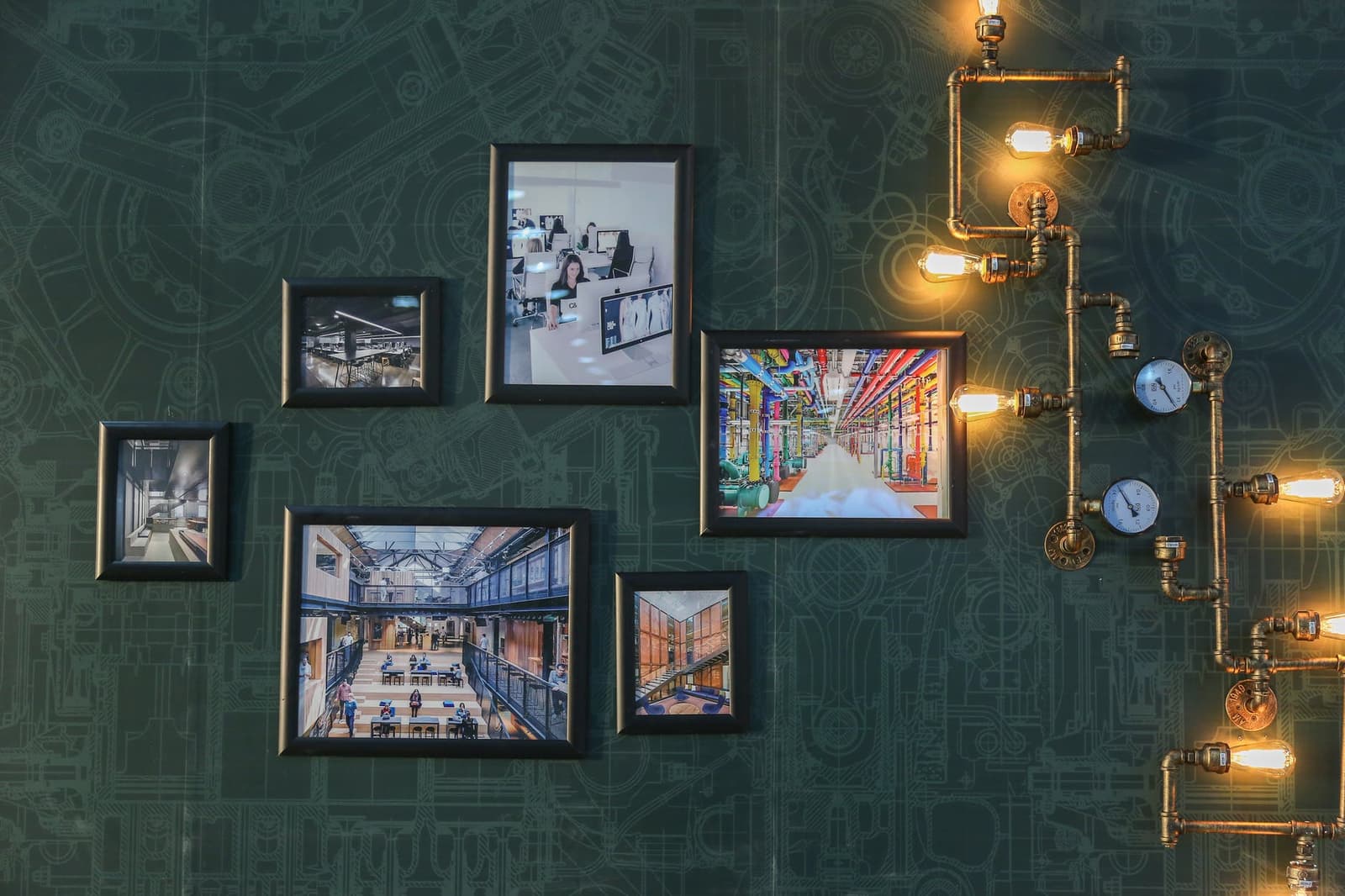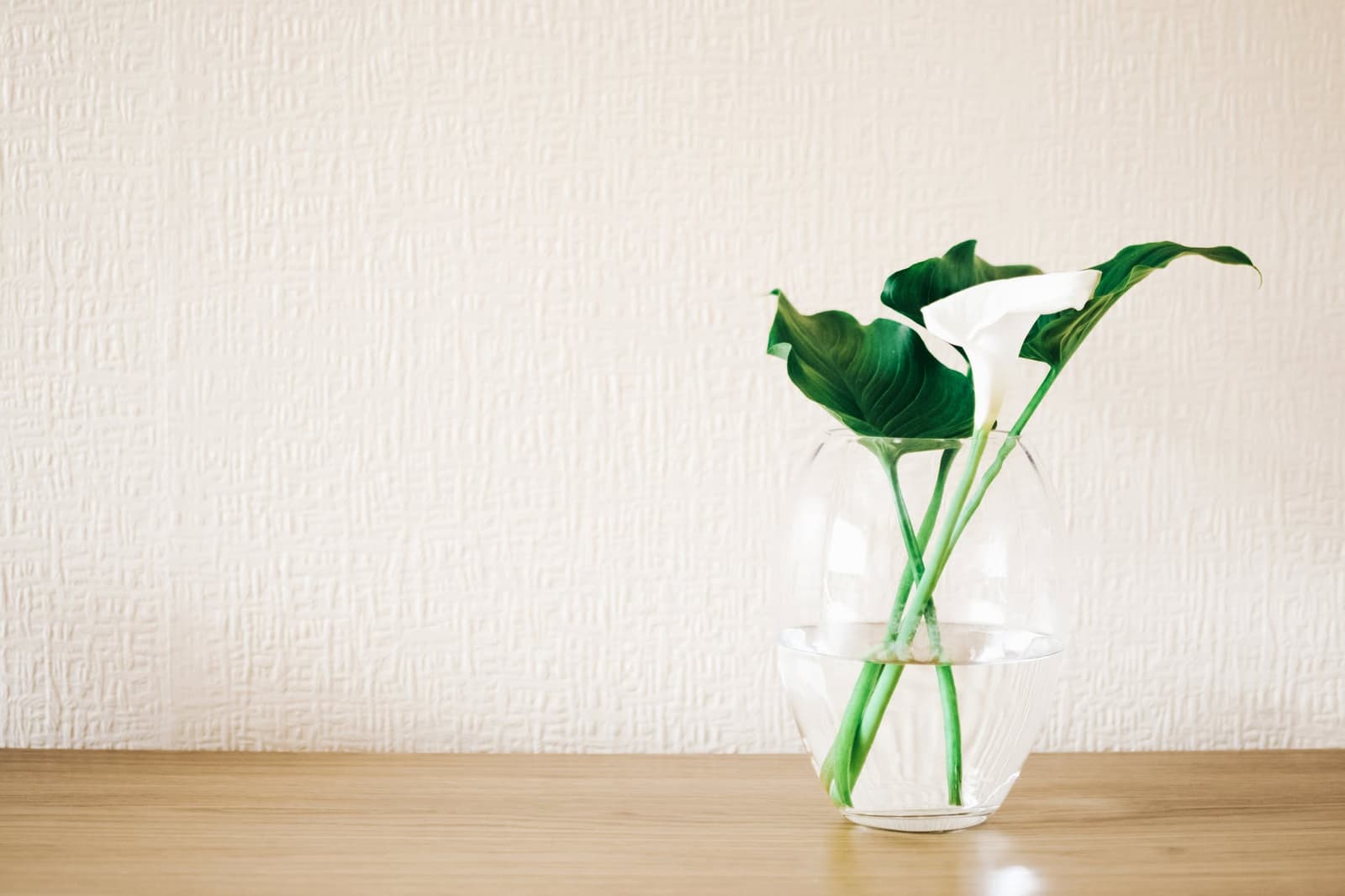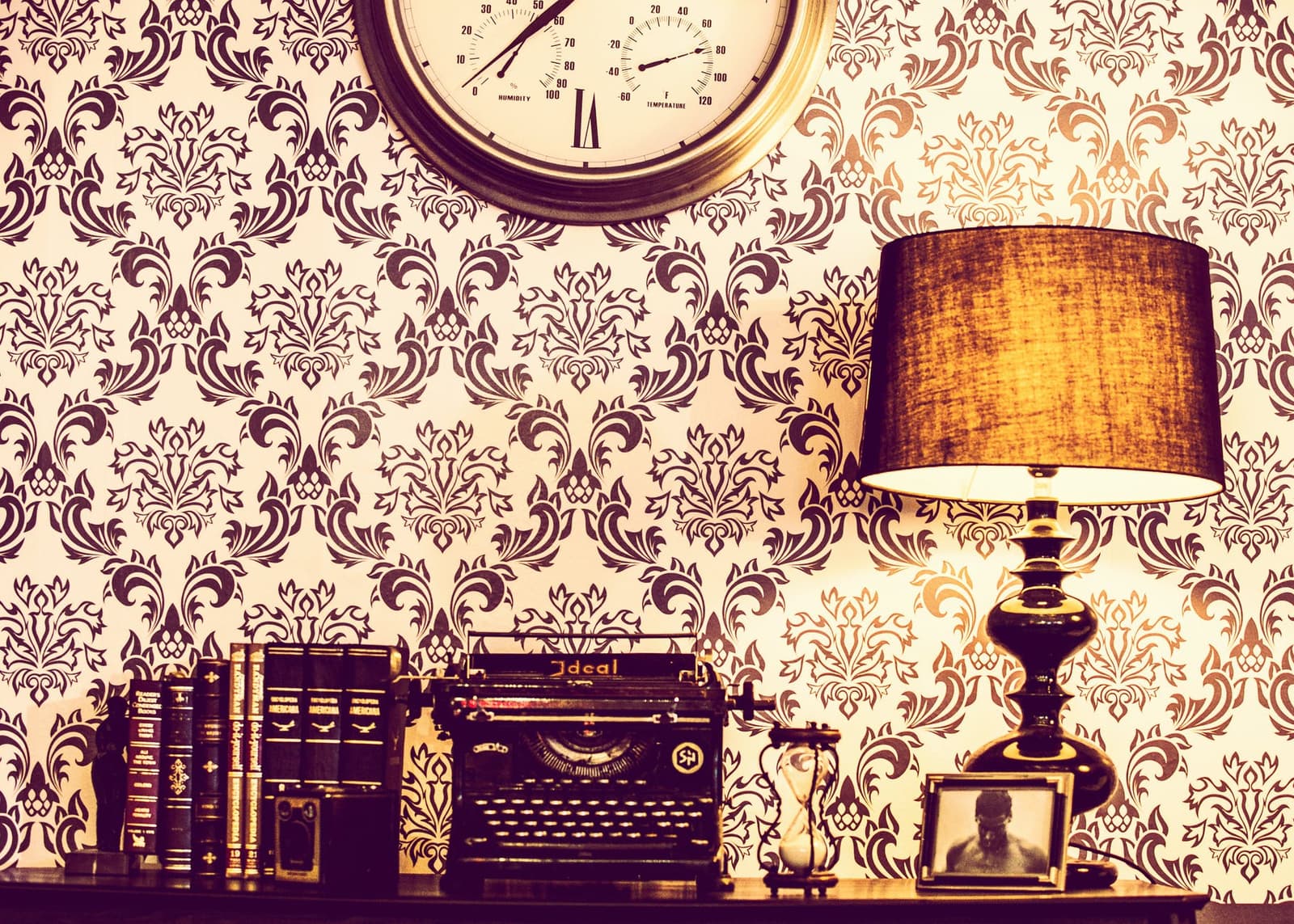What Are the Best Ways to Remove Wallpaper?
By Cynthia Pigeon
Updated on November 7, 2023

Although it's making a comeback with interior designers, wallpaper can nevertheless end up being distasteful to anyone once they tire of its pattern and colours.
As a result, in an effort to get rid of it quickly, and make room for new decor, some people will use ineffective removal techniques that prolong the time normally required to do so. To avoid unnecessary time spent and frustration, here's an overview of the best wallpaper removal techniques and some general advice.
The Art of Wallpaper Removal
Few precautionary measures to take before removing your wallpaper

Disconnect the main electrical circuit that supplies the outlets and light switches in the room in which you’re working to avoid any potential accidents. You'll also have to remove the outlets so that you can temporarily connect the cables to electrical dominoes.
Remove any decorative light switch and electrical outlet plate and cover the cavities tightly to prevent moisture from penetrating.
Remove all furniture from the room to avoid damaging or simply clearing any obstacles.
Lay a plastic sheet down to protect the floor. To avoid the sheet from shifting on the floor, secure it to the edges of the wall with adhesive tape.
Since the peeled wallpaper will likely be wet and sticky, place it directly in a trash can. This way, you can work without being unnecessarily encumbered by remnants that’ll stick to your feet.
4 Wallpaper Removal Techniques

1) Use warm water and liquid detergent mixture
The first method consists of wetting the surface of the wallpaper with a mixture of hot water and liquid detergent. To allow the wallpaper to fully absorb this mixture, we suggest adding a small handful of cellulose paste (paper pulp) to each bucket of the mixture that’s needed to complete the job. Wait for the wallpaper to curl before attempting to remove it.
2) Mix warm water and laundry detergent
Another variation of this technique is to use a mixture of water and laundry detergent. As for the ratio, use about a capful of detergent per litre of water. The best time to start removing the wallpaper is when it starts to curl or when you see small bubbles appear on the surface.
Few specs regarding the two previously mentioned methods:
Regardless of which option you choose, use a paint roller rather than a sponge or spray bottle; it'll allow you to work faster.
Also, try to use water that's as hot as possible to maximize the efficiency of the process. Finally, remember that using a plastic scraper (the wider the better) is preferred to a metal one to avoid damaging your wall during the process.
3) Use a wallpaper removal steam machine

You can also choose to use a wallpaper removal steam machine. This tool is very efficient and will allow you to remove your wallpaper in record time. Using a plastic scraper, you'll be able to peel back a corner of the wallpaper as in the techniques mentioned above. However, you'll have to budget for the rental of this apparatus. As a rough estimate, it'll cost you between $20 and $25 to do so.
All you have to do is rest the tip of this device on the wall, then the paper and glue will come off in a matter of seconds. Since the heat produced by this type of machine is rather intense, wear gloves and a long-sleeved shirt to avoid any skin irritation on account of the heat. Note that using this type of machine is especially useful when removing multi-layered or vinyl wallpaper since they’re quite resistant.
4) Use a chemical stripper
While making sure to wear gloves and protective goggles, you can also use a chemical stripper to remove wallpaper. If the wallpaper in question is water-resistant or made of vinyl, scuff the entire surface with a wire brush before applying the stripper to allow the product to fully permeate. Be careful not to press too hard on the brush or you may damage your wall in the process. Follow the manufacturer's instructions regarding timing to ensure the use of the chemical stripper is effective.
Afterwards, remember to…
Clean the wall with a mixture of hot water and soap as quickly as possible to remove any remnants of glue and wallpaper. It'll be much easier to remove if the wall is still wet.
Prior to painting, sand the wall to avoid any irregularities that may show through after one or more coats of paint.
In a Nutshell: Wallpaper Removal Techniques
Techniques | Steps |
1) Use warm water and liquid detergent mixture |
|
2) Use a mixture of warm water and laundry detergent |
|
3) Use a wallpaper removal steam machine |
|
4) Use a chemical stripper |
|
Are you hoping to learn more about the various types of wall coverings? Check out our article 10 Examples of Unique Wall Covering Materials.
Get 3 renovation quotes for your home wallpaper removal
RenoQuotes.com can help you get quotes for your home renovation project. By submitting your project, we’ll put you in contact with top-rated contractors. Fill in the form on the homepage (it only takes a few minutes), and you will get estimates from trusted professionals.
Dial 1-844 828-1588 to speak with one of our customer service representatives.
Looking for something else?
Related articles
The latest industry news, interviews, technologies, and resources.

Editorial Team
•07 Nov 2023
Constructing your dream home from the ground up is an exciting project to take on! Although exciting, building a new home is a huge responsibility that requires you to oversee many different roles, from the planning and budgeting all the way down to electricity and plumbing.

Editorial Team
•07 Nov 2023
Your home is important, providing a place to nest, offering shelter to loved ones and giving you a space to rest your head. Of course, to make sure your house is in good working order, you need to keep everything in good shape while working with the best materials.

Editorial Team
•30 Jan 2025
Water heaters are indispensable devices fitted inside every household. They allow dwellers access to hot water, which is essential for showering, washing dishes, and other daily uses. Water heaters can't be separated from housing quality and convenience.

Editorial Team
•11 Feb 2025
Undertaking a renovation project entails a lot more than having the necessary know-how or skills, or simply outsourcing the project to qualified professionals. You must submit a building permit request to your municipality to legally carry out the planned work. Here’s everything you need to know about obtaining a building permit.

Editorial Team
•05 Dec 2025
Your bathroom is a room on its own, which is purely functional for most, yet somewhere many others will soak in a warm candlelit bath. Painting the surfaces around bathroom-specific items is a simple and cost-effective way to revamp the area and change the overall look. Now it’s up to you to choose the right paint to coat this humidity-prone area.